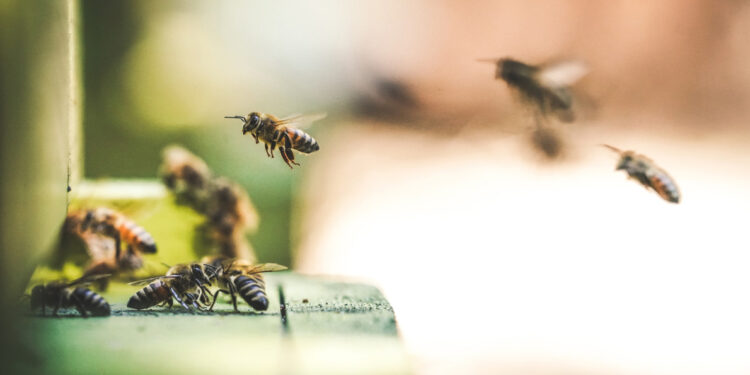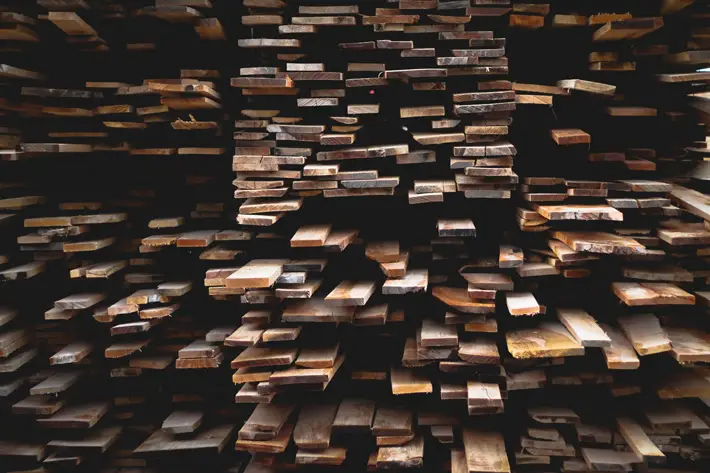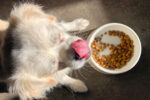Dangers Caused by Wood-Boring Insects and How to Get Rid of Them

Numerous insects consume and make their homes in the bark, trunks, and branches of shade trees and plants. Borers of insects come in various forms, notably beetles, moths, and horntail wasps. Most insect borers are attracted to fragile, wounded, dying, or dead plants. These are called “secondary invaders” because they attack only after another stress has been applied to the plant. Secondary invaders suggest underlying health problems with the tree or shrub and may also contribute to its decline. Secondary invaders include termites, carpenter bees, and carpenter ants.
Numerous insects live in dying or dead trees, including natural enemies (predators and parasites) of insect borers, sap or fungus feeders, and species that make their homes in the tunnels and galleries. The term “primary invaders” refers to insect pests that target healthy trees and shrubs. As a result, primary invaders pose a threat to trees.
The dangers associated with wood-boring insects
Borer infestations are frequently neglected until plants or portions of plants die or show evident signs of damage. Frass, which resembles sawdust, is frequently created by wood-boring insects (excrement). Their holes are frequently round, oval, or semi-circular and appear randomly on the plant. Woodpecker damage is frequently confused with that caused by wood-boring beetles; however, woodpecker damage does not produce frass. Yellow-bellied sapsuckers are woodpeckers that drill square holes in rows around the trunk or branch.
Borer’s tunnel through the inner bark layer (cambium), transporting nutrients and water to the leaves. When the cambium layer of the plant is girdled, the plant dies above or beyond the injury site. Partial girdling reduces plant growth and vigour above the point of assault. Tunnelling may weaken the tree, resulting in the fall of limbs and branches. Borer damage can have a detrimental effect on the quality of the timber and make trees more susceptible to disease.
Determine the identity of the beetle
Although some beetles re-infest wood, most mature, and lay their eggs in new wood, adult wood-boring beetles range from less than an eighth to more than two inches. Many are black, while others are metallic blue or green, striped yellow or red, or metallic blue or green.
If you discover adult beetles, look for holes or damaged wood to ascertain the extent of the infestation. Generally, wood-boring beetle larvae remain within the wood, often known as grubs. Larvae can be as small as a few millimetres or as large as two inches. They are segmented, elongated, soft, and squishy and range in color from white to cream. A brownish, hardened head capsule identifies them. Grubs can be spherical or spherical.
Controlling Insects That Bore Through Wood
Prevention
Because most wood-boring insects are considered secondary invaders, maintaining healthy plants is the first line of defence against infestation. In addition, tree and shrub care discourages various borer pests and helps damaged plants survive. Sufficient sap flow, for example, from healthy, rapidly growing trees, protects the plant from borer infestations. Effective horticulture practices include the following:
• Select well-adapted tree and shrub species that are not often plagued by wood borer infestations in your location. For example, borers such as Arizona ash, birch, cottonwood, locust, soft maple, peach, and plum blossoms, slash pine, willow, and poplar.
• Plant stress, frost damage, sunscald, and windburn are minimized by selecting and preparing an appropriate planting location.
• By following proper watering and fertilizing techniques, stress on plants can be avoided, and growth can be increased.
• Preventing lawnmowers, weed trimmers, and construction equipment from damaging tree trunks.
• Trim or wound paint damaged or broken plant parts as quickly as possible during all but the coldest months of the year.
• Thin and prune properly during the winter months.
• Infected, dying, or dead plants and branches that have fallen must be removed and destroyed. Wrapping tree trunks and limbs in quarter-inch hardware cloth roughly 12 inches above the tree’s surface in places susceptible to woodpecker damage.
• Wrapping trunks to avoid borer attack is ineffective and, in certain cases, may increase the amount of infection. However, vinyl trunk covers are recommended to protect the trunk from lawnmowers and weed trimmers.
Without the use of pesticides, eradicating diseased plants
Once trees and shrubs are infested, non-chemical borer control measures are severely limited. One option is to remove and destroy severely damaged or harmed plants. Examine the lesion sites thoroughly to determine whether the larvae can be extracted from the plant using a pocket knife, wire, or similar object.
Management of chemicals
Because stressed and unwell trees are more susceptible to insect attack, maintaining overall tree health is crucial for reducing the risk of wood-boring insect infestations and avoiding costly and environmentally destructive pesticides. Control efforts will not affect older trees or those stressed by drought or other environmental factors.
Certain items are intended for professional or commercial usage exclusively and are not sold in retail outlets. Additionally, product labels specify the product’s intended use, such as nurseries or landscapes, and the insect or pest category it targets. Select objects within the stated limitations. Insecticides should not be applied on fruit or nut trees unless otherwise specified. Hiring the pest control professionals like Empire Pest Control in London will make the job easier for you.
Firewood
Adult wood borers may be discovered in firewood stored indoors. While most of these insects are not considered threatening, the old house borer and powder post beetle will feed on seasoned, dry wood inside the home. Insecticide treatment of firewood is ineffective and may pose a risk to the homeowner. Wood should be stored outdoors, away from the house, until ready to use. Borer-infested firewood can be healed by laying it out on a sheet and exposing it to direct sunlight. Stacking wood layers in different orientations can speed up the drying process and reduce insect-infested areas. Exotic wood borer species have the potential to spread via firewood. It is not recommended to move firewood to new locations, such as out-of-state campgrounds. Acquire locally sourced campfire wood for such occasions.
Conclusion
Additionally, the time and mode of application may be specified on the label. Certain products are intended for prevention, while others must be applied throughout the target insect’s adult flight phases. Bark sprays eliminate egg-laying females and emerging adult stages from the host plant. They may also be capable of destroying small larvae. Bark sprays frequently contain residual insecticides such as carbaryl or pyrethroid insecticides such as bifenthrin or permethrin. However, only a few pesticides are effective against flathead borer beetle larvae that dig beneath the bark. These systemic pesticides are frequently applied in the form of soil drenches. The pesticide may be absorbed by the roots or sprayed into the trunk; for example, the insecticide imidacloprid may be applied as a soil drench or injected into the trunk. Dinotefuran may also be useful against insects that bore holes in wood.










